When you think of a long road trip, your mind may go to open highways, scenic landscapes, and the freedom of the open road. But no matter how beautiful the view or thrilling the destination, your experience is largely shaped by something far less glamorous: your driver’s seat.
The comfort or discomfort of the seat you’re in can make or break the journey. Whether you’re driving cross-country or commuting several hours each week, your body becomes intimately familiar with every contour, cushion, and flaw in your seat.
Over time, even the smallest ergonomic imperfections can add up, turning what should be an enjoyable trip into a draining and painful ordeal.
Automakers design seats with a wide variety of intentions in mind. Some prioritize support and cushioning, with multiple points of adjustability and lumbar alignment designed to mimic the natural shape of the human spine. These seats cradle the body, promote good posture, and help prevent fatigue over extended periods.
Other vehicles—particularly those focused on sportiness, rugged performance, or cost-cutting—often provide seating that is flat, rigid, or overly aggressive in bolstering, leading to discomfort, soreness, and in some cases even long-term pain.
It’s not uncommon to find that vehicles excelling in performance or utility often skimp on seating comfort, assuming drivers won’t spend hours behind the wheel. That assumption can leave a lot of sore backs in its wake.
What makes a seat “good” for long trips? It goes beyond plushness or soft upholstery. True seat comfort comes from thoughtful design: proper lumbar support, cushioning that holds its shape, ample seat depth, adjustable angles for the seat base and backrest, and enough configuration options to accommodate drivers of all sizes and builds.
Breathable materials and climate controls like heating and ventilation also go a long way toward creating a seat that stays comfortable hour after hour.
In contrast, poor seat design often means a lack of support, awkward driving positions, hard or unsupportive foam, and limited customization—all of which can lead to discomfort and fatigue during extended drives.
In this article, we’ll highlight two contrasting groups of vehicles: five that offer excellent driver’s seats perfect for long-haul travel, and five that unfortunately fall short of the mark.
These are not just minor annoyances we’re talking about—bad seating can impact your health, mood, and even your concentration behind the wheel. Likewise, well-designed seats can make a major difference in how refreshed you feel when you reach your destination.
Whether you’re planning a cross-country road trip, regularly commute long distances, or simply want to avoid aches and pains during weekend getaways, this breakdown of the best and worst long-distance driver seats will help you choose your next vehicle with your back and body in mind.
Some of the vehicles that shine in comfort might surprise you, while others that fail to impress may come from otherwise respected nameplates. Let’s take a deep dive into what your spine will thank you for—and what it will never forgive.
Also Read: 10 Cars With Seat Material That Holds Up Against Pet Hair
5 Driver Seats That Support Long Trips
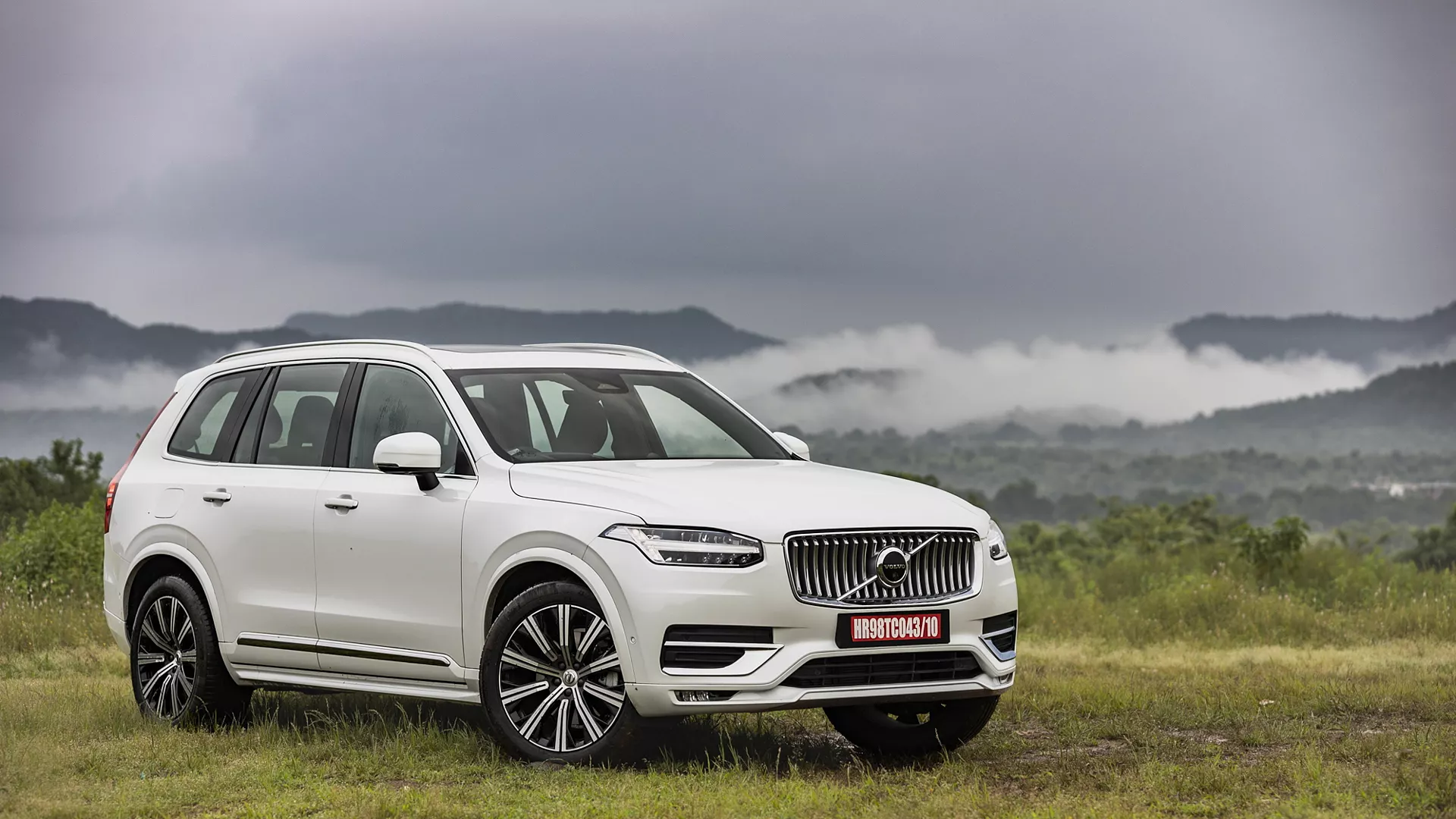
1. Volvo XC90
Volvo has cultivated a reputation not just for automotive safety but also for intelligent, human-centered design.
The XC90, its flagship SUV, reflects this ethos with driver seats that are among the most supportive and comfortable in the industry. Inspired by orthopedic science, the XC90’s seats are shaped to match the natural curvature of the human spine.
This isn’t just marketing speak—the result is a seat that encourages a neutral sitting posture, meaning your hips, shoulders, and back remain properly aligned, even after several hours behind the wheel.
Drivers who frequently suffer from lower back pain often find substantial relief in these seats, thanks in part to the multiple adjustments available, including four-way lumbar control, which supports the lower vertebrae and helps stave off fatigue.
In addition to the outstanding structural design of the seat, Volvo uses high-density cushioning materials that maintain their shape even after prolonged use.
Unlike softer seats that might feel plush at first but become unsupportive over time, the XC90’s seat padding is calibrated to distribute your body weight evenly, reducing pressure points on your hips and thighs.
This level of firmness ensures that you don’t start slouching or shifting uncomfortably mid-journey. Even on rough roads, the seat’s damping characteristics work in concert with the XC90’s refined suspension system to keep jarring vibrations away from your spine.
Add to that the available massaging function, and you have a seat that feels more like a high-end ergonomic chair than a traditional car seat.
Another dimension of the XC90’s long-haul comfort lies in the climate control and upholstery choices. Volvo offers both Nappa leather and premium textile seats, both of which remain cool to the touch and resist that sticky, overheated feeling common with less breathable materials.
The ventilation and heating options work efficiently, maintaining an ideal temperature regardless of weather conditions. Even small touches like the angle of the headrest and the placement of armrests are crafted with care. Whether you’re driving across town or the country, the XC90 makes the driver’s seat feel like the best seat in the house.

2. Lexus ES
When discussing long-distance driving comfort, the Lexus ES consistently comes up as a top contender. Lexus has long prioritized a serene and luxurious ride, and in the ES, this ethos extends directly into the driver’s seat. From the moment you sit down, the wide, well-cushioned seat makes its intentions clear: this car is built for comfort, not corner carving.
The seat bolsters are soft and accommodating, supporting the torso gently without being restrictive. While some sportier seats press into your sides or thighs in an attempt to “hold you in,” the ES invites you to settle in naturally, minimizing pressure and allowing full blood circulation even during prolonged drives.
It’s the kind of seat that welcomes you and makes you reluctant to get out at the end of your trip.
A standout feature in the Lexus ES is the intuitive adjustability of its power seats. With up to 14-way adjustment available in higher trims, including extendable thigh support and a finely tunable lumbar cushion, the seat can be shaped to fit drivers of nearly every size and build.
The thigh extension is especially valuable for taller drivers, who often find themselves with unsupported legs in other vehicles. Lexus also includes memory functions, which are invaluable in households where multiple drivers share the car.
You can return to your exact ergonomic setup with the push of a button, avoiding the strain of readjusting each time. These touches show that Lexus considers not just first impressions but long-term, repetitive use in their design.
Beyond physical support, the Lexus ES enhances comfort through its cabin environment. Sound insulation is outstanding—engine and road noise are barely noticeable, which reduces mental fatigue over long journeys.
The materials used in the seats, especially in higher trims, feel soft yet durable, striking a balance between plushness and support.
Whether you’re seated on semi-aniline leather or Lexus’s premium synthetic materials, the seat’s texture and breathability stand out. Combined with smooth suspension that glides over imperfections, the Lexus ES turns long drives into effortless, tranquil experiences. It’s a car that cares deeply about how you feel hour after hour, not just mile after mile.

3. Honda Accord (2023+)
The redesigned Honda Accord has taken notable steps forward in terms of interior refinement and driving comfort, and one of the most significant improvements has been its driver’s seat. Honda took feedback from prior generations seriously and introduced a seating design that caters directly to drivers who spend extended time on the road.
In the 2023 and newer models, the front seat is not only larger and more accommodating but also features smarter foam distribution.
It’s firm enough to encourage good posture, but not so rigid that you feel like you’re perched on a park bench. Even during long drives exceeding four hours, the seat maintains its support without causing discomfort or numbness.
Where the Accord really excels is in how its seating ergonomics cater to a wide range of drivers. Whether you’re five feet tall or six and a half, the Accord’s 10-way power driver’s seat (standard on many trims) provides a wealth of customization. The lumbar support, while not as refined as luxury brands, is still adjustable and supportive, reducing the risk of slouching or lower back tension over time.
Additionally, the seat base is wide and has a longer cushion than many competitors, which is great news for anyone with longer legs. You won’t find your thighs hanging off the edge, unsupported—a common source of fatigue on long road trips.
The material choices and temperature controls also play a key role in enhancing long-trip comfort. Honda offers both fabric and leather options that are soft to the touch yet resilient under wear and tear. These materials don’t trap heat or feel overly synthetic, which is a plus when you’re driving through different climates.
In trims equipped with heated and ventilated seats, the Accord keeps your body at an optimal temperature regardless of the season. Combined with its quiet cabin, responsive infotainment layout, and sense of driver-focused design, the Accord’s seating turns what could be an ordinary commute or road trip into a much more pleasant, fatigue-free experience.
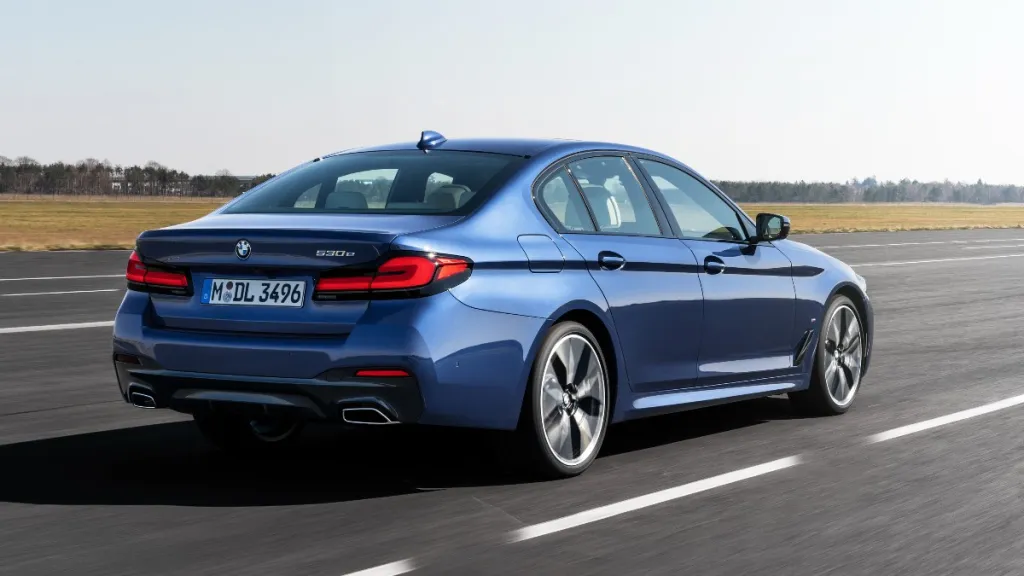
4. BMW 5 Series
BMW has long mastered the art of combining performance with luxury, and the 5 Series exemplifies this balance perfectly, especially in its seating. While the exterior design and powerful engines may steal the headlines, the front seats quietly deliver a masterclass in comfort engineering.
BMW’s seats tend to lean firm, but not harsh, and the 5 Series makes exceptional use of high-resilience foam and adjustable ergonomics to ensure you’re not constantly shifting around.
The standard seats are quite good, but the real treat lies in the optional Multi-contour seats, which elevate comfort to a near-clinical level of precision. With a vast range of settings—including upper back tilt, side bolster width, lumbar height and depth, and thigh extension—these seats practically shape themselves around you.
What makes the BMW 5 Series stand out even further is how it integrates all this adjustability without sacrificing style or inducing fatigue. Many vehicles with sporty seats compromise long-term comfort for lateral support, but BMW’s approach gives you both.
You’re held in place when cornering aggressively, but not at the cost of circulation or back strain during long highway cruises.
The seat back is tall enough to support the full length of your spine, and the adjustable headrest provides subtle but crucial neck support, preventing tension build-up over time. Drivers have reported being able to cover hundreds of miles in a day with minimal soreness or the need for stretch breaks.
In addition, the 5 Series benefits from a cabin experience that complements the seat’s comfort. Road noise is minimal, vibrations are well-damped, and the climate controls are sophisticated enough to keep every part of the cabin temperate.
The upholstery options—ranging from standard synthetic leather to BMW’s Merino leather—offer not only luxurious texture but also excellent breathability.
The end result is a driver’s seat that supports both spirited drives and serene road trips equally well. For anyone seeking a vehicle where driving engagement meets ergonomic sophistication, the BMW 5 Series is an excellent choice.

5. Toyota Avalon
Often overlooked in discussions of premium comfort, the Toyota Avalon quietly delivers one of the best seating experiences in the large sedan market. While its styling may not be as flashy as some competitors, the Avalon prioritizes substance, particularly when it comes to long-term seat comfort.
The front seats are generously wide and deeply padded, providing ample support for drivers of all sizes. These seats don’t just cushion your body—they provide a stable, supportive platform that reduces the physical strain of long-distance driving.
The seatback and bottom are contoured to promote an upright, relaxed posture, and the lumbar support is adjustable in ways that cater to both short and tall drivers alike.
What sets the Avalon apart from many other sedans in its class is the quality and density of its cushioning materials. Toyota uses a high-resilience foam that maintains its shape over time, resisting the kind of sagging or flattening that can lead to discomfort after just a year or two of use.
The seats also offer excellent thigh support, which is especially important during highway cruising when leg muscles can tighten and fatigue. Higher trims feature heated and ventilated seats with memory functions, allowing you to maintain your preferred comfort settings without fuss.
These small features go a long way when you’re in and out of your vehicle frequently or driving through varied climates.
The quietness and ride of the Avalon also enhance the perception of comfort. Toyota’s engineers have fine-tuned the suspension to absorb road imperfections while keeping the vehicle composed, and the cabin insulation blocks out a surprising amount of ambient noise.
Combined with the comfortable seat positioning and soft-touch materials throughout the cabin, the Avalon gives the driver the sensation of being in a rolling lounge. For drivers who value comfort above aggressive styling or track-ready handling, the Avalon delivers a serene and supportive experience that lasts long after other seats start wearing you down.
5 Driver Seats That Leave You Sore

1. Jeep Wrangler
The Jeep Wrangler is a legend in off-road circles, known for its rugged design, military-inspired aesthetics, and trail-conquering capability. However, once you hit the pavement for extended hours, the limitations of its interior, especially the driver’s seat, become painfully apparent.
The seat itself is relatively flat and utilitarian, designed with durability in mind rather than ergonomic precision. There’s minimal contouring to support the natural curvature of your spine, and lumbar support is often nonexistent or extremely limited.
For short trips or quick hops between trailheads, this might be forgivable, but if you’re planning on logging hundreds of highway miles, your lower back and hips will likely protest.
Another major issue is the seating position and its inflexibility. The seat sits high but doesn’t always pair well with the position of the pedals and steering wheel. Taller drivers often find themselves awkwardly perched, knees bent tightly, while shorter drivers may have trouble reaching controls without leaning forward.
Add to this the limited range of adjustment—especially in base trims—and it becomes a near-impossible task to find that “just right” driving posture. Over time, these misalignments can lead to stiffness in the shoulders, tightness in the hips, and general fatigue that builds quickly and doesn’t dissipate even after rest stops.
Moreover, the ride quality of the Wrangler does little to help alleviate this discomfort. Designed with off-road articulation in mind, the suspension is stiff and bouncy on normal roads. Road vibrations and jolts are transmitted directly to the seat and, consequently, to your spine.
Combined with a noisy cabin and the rough surfaces often associated with its all-terrain tires, the experience feels harsh and tiring on longer journeys.
While the Wrangler excels in off-grid environments, its driver’s seat remains a weak point that hampers its effectiveness as a daily or distance-driving vehicle. For adventurers who value comfort as much as capability, this is a serious compromise.
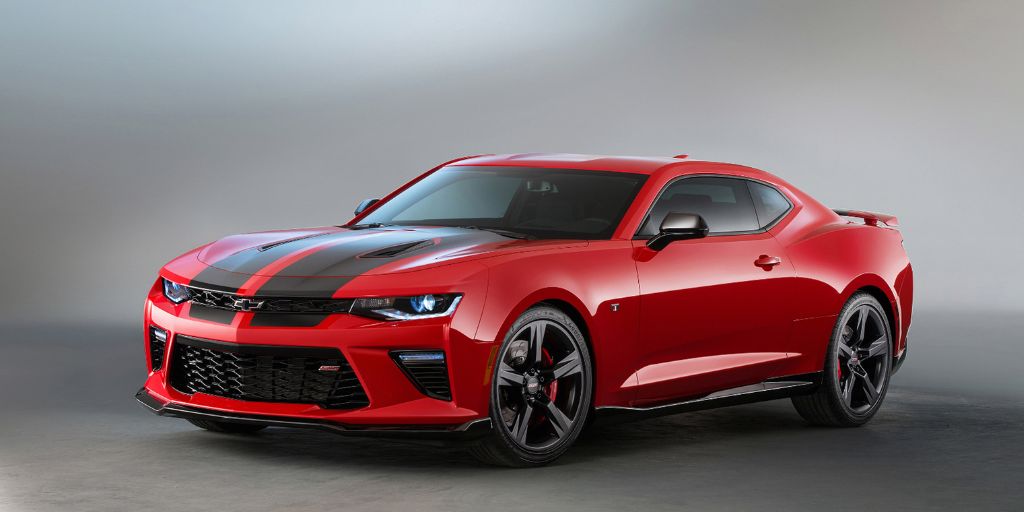
2. Chevrolet Camaro
The Chevrolet Camaro delivers head-turning styling and an exhilarating driving experience, but its focus on aggressive aesthetics and performance doesn’t extend to the comfort of its driver’s seat, especially for those spending significant time on the road.
The seats in the Camaro are designed to lock you into place during fast, spirited driving, but this comes at the cost of long-term comfort.
Deep bolsters press into the ribs and thighs, which might help in cornering but can become uncomfortable and restrictive over time. The seat bottom is narrow and tightly padded, offering limited flexibility for movement.
After an hour or so, pressure points build, particularly around the hips and lower back, causing frequent shifting and repositioning just to stay comfortable.
Another limitation is the seat’s adjustability, especially in lower trims where power adjustments and lumbar support are not always included. Without a finely tunable seat, it’s incredibly difficult to find a supportive position that works for every body type.
For taller drivers, the low roofline and limited headroom can also force you into a slouched posture, which increases the risk of strain along the spine.
The steering wheel and pedals are positioned in a way that often requires you to reach forward or down more than is ideal, putting subtle, constant pressure on the upper back and shoulders during long drives. All of this contributes to a cumulative sense of discomfort the longer you stay seated.
The Camaro’s cabin setup doesn’t help mitigate this either. The car is low to the ground and designed with performance in mind, meaning the suspension is tuned stiffly and road imperfections are felt more distinctly.
There’s minimal insulation from road noise, and visibility is notoriously poor, which can result in a tense, alert driving posture that further taxes your muscles.
While these traits may be forgivable or even desirable for weekend fun or short bursts of speed, they are glaring issues when considering the car’s suitability for long-distance driving. In essence, the Camaro might thrill you on the track, but it will likely leave your body sore on the freeway.
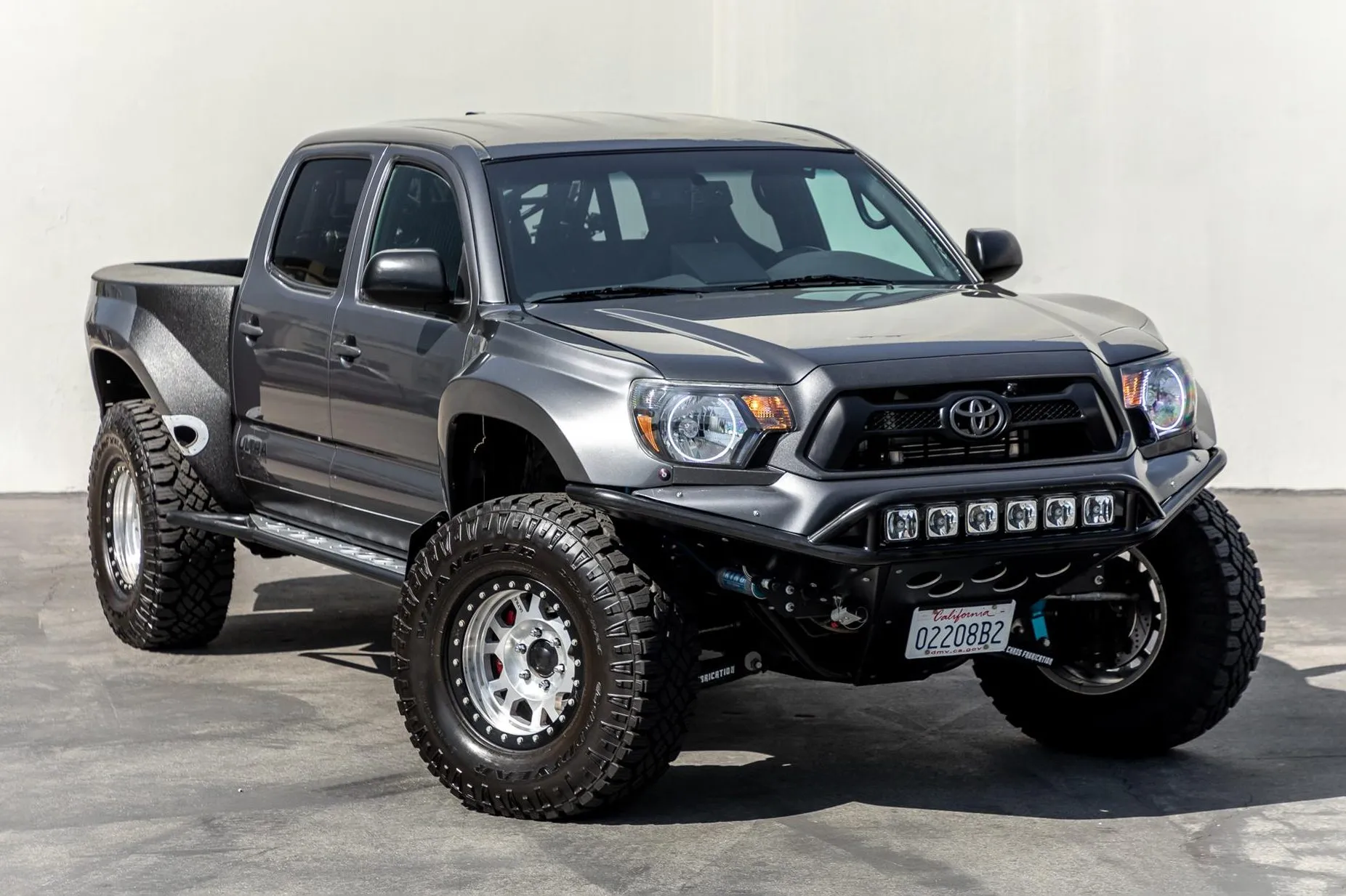
3. Toyota Tacoma
The Toyota Tacoma has built a loyal following thanks to its off-road ability and proven reliability, but its seats have long been a point of criticism, particularly for long-haul comfort. In earlier models especially, the driver’s seat sits unusually low relative to the floor and doesn’t offer sufficient thigh or lumbar support.
This setup forces many drivers into what’s commonly referred to as a “knees-up” driving position, where your legs are bent more sharply than in most vehicles. Over time, this posture leads to poor circulation, discomfort in the thighs and knees, and back strain, especially on drives longer than an hour.
The limited seat adjustment options compound this discomfort. Many Tacomas lack a telescoping steering wheel, only offering tilt adjustment, which makes it extremely difficult for drivers to align the wheel, pedals, and seat in a way that feels ergonomic.
As a result, you’re either sitting too close and cramped, or stretched too far with outstretched arms and an unsupported back. The seat cushions themselves are also not particularly plush.
They tend to compress quickly under body weight, providing little in the way of dynamic support. For drivers who are in and out of their trucks frequently, or for those using their Tacoma as a daily driver or road trip companion, this lack of support quickly turns into chronic discomfort.
The driving experience doesn’t do much to mask these shortcomings. While the Tacoma excels at absorbing off-road terrain, it has a stiffer on-road ride and a noisier cabin than most rivals in the midsize truck class.
Long highway drives become tiring not just because of the seating position but also because of the cumulative effect of vibrations, cabin drone, and a general lack of luxury or comfort features to counteract the fatigue.
While newer Tacoma models have made some improvements in seat design and ergonomics, the comfort gap remains significant compared to other vehicles intended for long-distance or daily use.
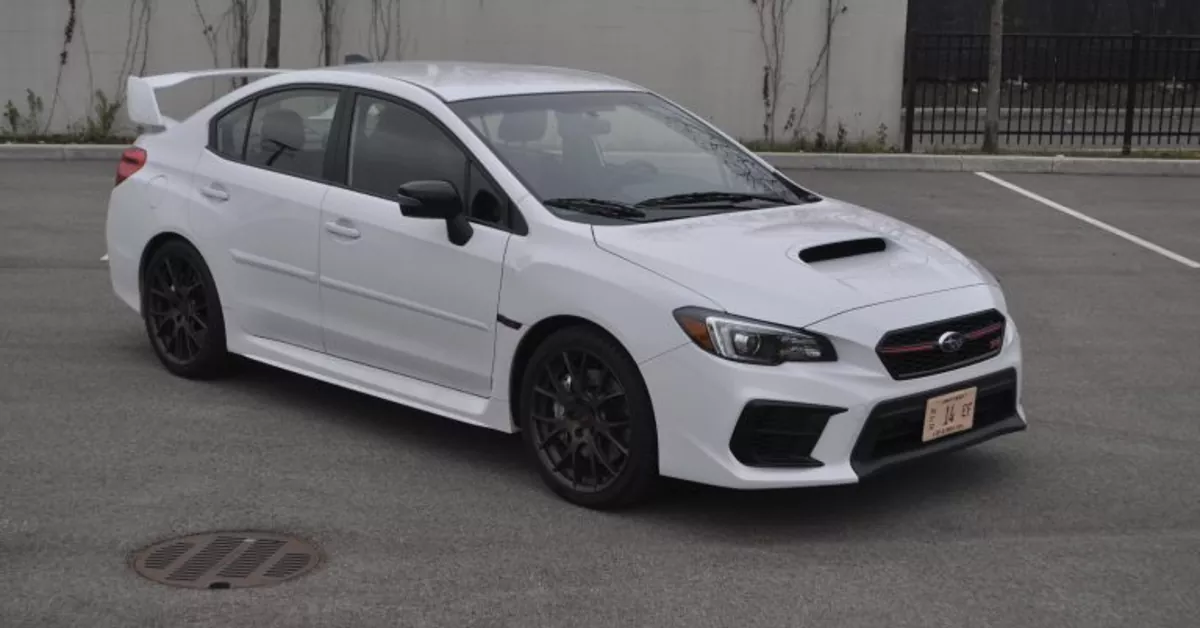
4. Subaru WRX
The Subaru WRX is beloved by enthusiasts for its rally-bred DNA, symmetrical all-wheel-drive system, and turbocharged performance. However, one area where it significantly lags, particularly for long-distance drivers, is seating comfort. The driver’s seat is heavily bolstered and designed with performance rather than posture in mind.
This design may be beneficial for keeping the driver planted during aggressive cornering, but over time, the tight bolsters can feel restrictive, especially for broader individuals. The seat base is firm and narrow, and the cushioning offers little give, which increases the likelihood of developing pressure points around the hips, shoulders, and back.
Further limiting comfort is the lack of comprehensive seat adjustability. While some trims offer power seats, they often still fall short when it comes to adjustable lumbar support or extended thigh cushions.
The result is a one-size-fits-all seating position that works fine for short commutes or fun drives but lacks the nuance needed for proper posture on extended trips.
The headrest angle is also unusually forward, which can cause neck discomfort over time, particularly for drivers who prefer a slightly reclined or relaxed position. When you’re stuck in traffic or cruising on the interstate for multiple hours, these issues begin to compound, leading to a sense of constant fidgeting and discomfort.
The WRX also suffers from a stiffer ride than many sedans, thanks to its sport-tuned suspension. Combined with a louder cabin due to limited sound insulation, long drives become mentally and physically draining.
Road imperfections transmit directly into the cabin, and while this offers “feedback” in performance driving terms, it doesn’t do your body any favors during a four-hour road trip.
While the WRX remains a fun and capable car, its seats are clearly optimized for short bursts of adrenaline rather than prolonged periods of seated endurance. If you’re planning to cover long distances regularly, the WRX’s seating may become one of your biggest regrets.
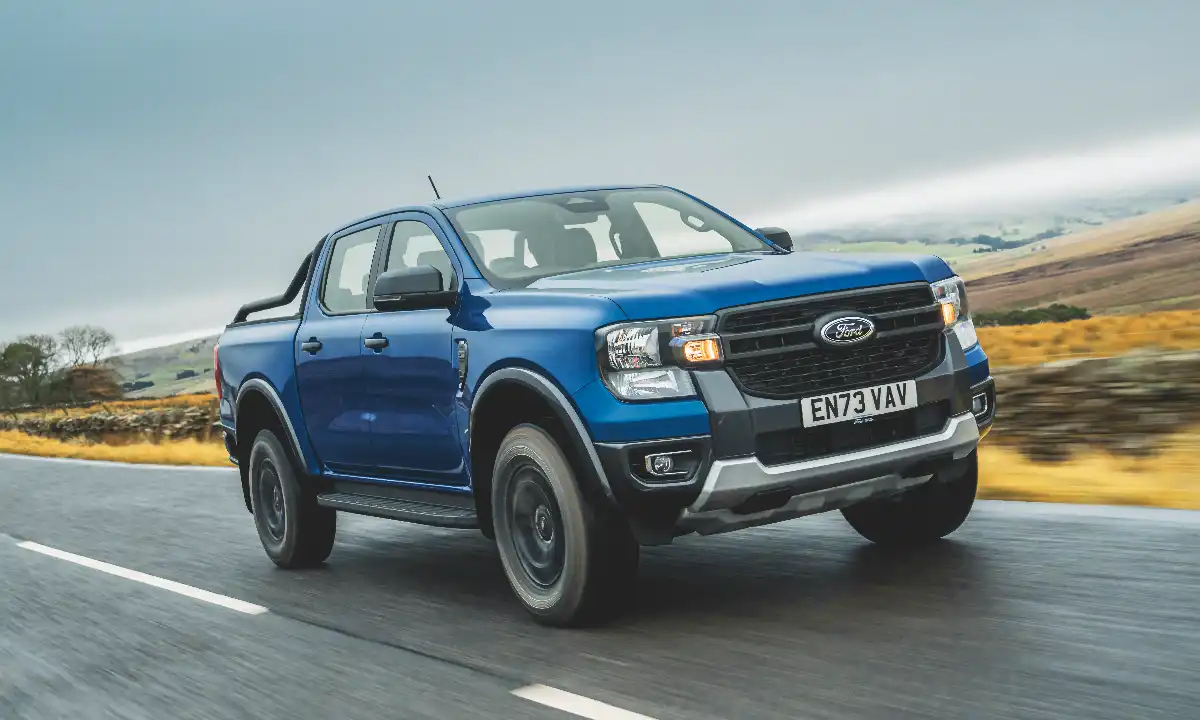
5. Ford Ranger (Pre-2024 Models)
Prior to its 2024 redesign, the Ford Ranger had a number of strong points—affordability, durability, and payload capacity among them—but seat comfort was not one of its strengths. The pre-2024 models featured front seats that were flat, unsupportive, and overly firm.
The seat padding lacked the resilience and contouring needed to accommodate the natural curves of the human body, especially during extended drives. As a result, drivers frequently reported lower back stiffness, sore hips, and general fatigue after just a few hours behind the wheel. It’s the kind of seat that forces you to constantly shift your weight in search of a more tolerable position, but no matter how you adjust, it never quite feels right.
One of the most frustrating aspects of these seats was the lack of adjustment options in base and mid-tier trims.
While power adjustability and lumbar controls are common even in entry-level sedans, the Ranger lagged behind in offering such features. The short seat bottom also failed to provide sufficient thigh support, especially for taller drivers, leading to fatigue in the legs and reduced circulation.
The seating position itself could also feel awkward due to poor alignment between the pedals, wheel, and seat—an issue made worse by the tilt-only steering wheel.
This ergonomic misalignment created a scenario where the body was never in a truly relaxed driving position, forcing unnatural postures that gradually wore on the driver.
To make matters worse, the Ranger’s ride quality leaned toward the rough side. With a suspension tuned for hauling and utility rather than refinement, road vibrations and bumps were transmitted directly through the seat. The cabin also lacked the kind of noise insulation that helps soften the fatigue of long trips.
Combine all of these factors—limited support, minimal adjustability, harsh ride quality—and the result is a seat that can leave you sore and irritable long before your destination. While the 2024 redesign has reportedly addressed many of these issues, older models remain a cautionary tale for anyone prioritizing long-haul driving comfort.
Also Read: 10 Cars With Front Seats That Obstruct Side Airbags
As we’ve explored in this detailed breakdown, the comfort of your driver’s seat isn’t a trivial matter—it’s one of the most important aspects of your driving experience.
Whether you’re behind the wheel for a two-hour commute or an all-day road trip, the design, structure, and ergonomics of your seat play a vital role in how you feel during and after your drive.
A seat that supports your body properly can enhance your mood, reduce fatigue, and prevent long-term health issues. On the flip side, a poorly designed seat can turn even the shortest trip into a physical ordeal, leading to sore muscles, stiffness, and sometimes even chronic pain.
The five vehicles we examined for their outstanding seat comfort—the Volvo XC90, Lexus ES, Honda Accord, BMW 5 Series, and Toyota Avalon—demonstrate what’s possible when manufacturers prioritize driver well-being. These seats offer generous adjustability, strong lumbar and thigh support, high-quality materials, and designs that accommodate a wide variety of body types.
They show that driving doesn’t have to be tiring and that long-distance travel can actually be pleasant when your body is properly supported. These cars are more than just transportation—they are spaces of comfort and relaxation that can genuinely reduce the physical strain of travel.
Conversely, the vehicles with less-than-ideal seating—the Jeep Wrangler, Chevrolet Camaro, Toyota Tacoma, Subaru WRX, and pre-2024 Ford Ranger—highlight the pitfalls of designs that emphasize form, performance, or utility over driver ergonomics.
While many of these vehicles excel in other areas, such as off-road capability, sporty handling, or reliability, their seats simply aren’t built for extended sitting.
Whether it’s due to poor lumbar support, limited adjustability, awkward seating angles, or overly aggressive bolstering, these vehicles can leave you sore and exhausted after a long drive. Some drivers may be willing to make these trade-offs, but it’s important to be aware of the compromises you’re making.
It’s worth noting that seat comfort is not always reflected in the price of a vehicle. Some premium vehicles fall short of expectations, while some mid-range models outperform their class in seat design. That’s why test-driving a vehicle—and spending more than a few minutes in the driver’s seat—is essential.
Adjust the seat, experiment with posture, and imagine yourself a few hours into a trip. Does the seat still feel comfortable? Are your legs supported? Is your back relaxed? If not, that flashy dashboard or powerful engine may not be worth the aches and pains that come later.
In the end, your car is not just a machine—it’s an environment. And the seat is the one place you’ll always interact with it directly.
Choosing a vehicle with a truly supportive driver’s seat can be one of the best decisions you make—not just for your driving pleasure, but for your long-term comfort and well-being. Your spine, your joints, and your peace of mind will all thank you for it.

